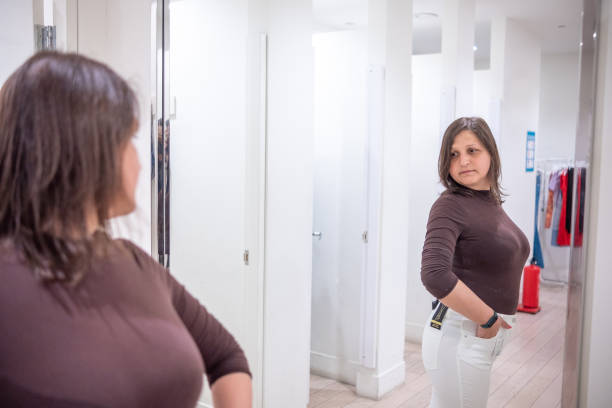Interested in starting your own online boutique but don’t know where to start? Here are some tips and tricks to make your business idea a reality.
Decide what to sell
Interested in selling suits or street wear? Accessories or athletes? This may seem like an obvious question, but it is absolutely vital to develop your brand identity and identify the gaps you want to fill.
If you’re struggling to find an answer, restructure your question to focus on the customer. Who are you selling to? What do they want? Develop your answer taking into account your gender identity, age, location, and sense of style.
The purpose of this exercise is not to lock you in a specific area that will alienate most online shoppers. You can sell different types of clothing as time and money permit, and this is a proven business model for many online stores. However, it is also important to set a clear direction for your boutique that will help you select products and market yourself. Find out what kind of wholesale boutique clothing you want to be before starting your business.
Budget decision
It is absolutely important to decide on a budget and stick to it.
Create a comprehensive business plan that considers all possible costs. These may include website hosting costs, staff salaries, and product costs, but they are by no means the only costs you may incur in an online boutique.
Reconcile what you plan to spend and how much you can spend. Don’t gamble unless you spend too much to afford to lose. This is the best way to make sure your boutique fails before it hits the ground.
Find an ecommerce platform
Now is the time to create your online store. There are many major players in the ecommerce website space, each with their own pricing, pros and cons. We recommend that you do some research and decide which platform best suits your business needs. After all, while building your website, you probably don’t want to know that you’ve missed an important feature or that it’s only included in a plan that’s over your budget.
Find a supplier
Your brand identity, budget and platform are ready. Now is the time to actually buy the product you want to sell. This means finding a good wholesale supplier.
You will need to ask a few questions during this process. For example, how big is your supplier? If you plan to sell plus-size clothing, you should check with your supplier to make sure they fit that size.
Please see the Wholesale Apparel Boutique Supplier Information page for more information on how to identify your supplier.
Marketing Strategy Development
Your marketing strategy should be well planned in advance. After all, it is impossible to open an online store that no one knows about. Marketing efforts for an online store will include a variety of channels and methods.
Organic marketing is an effective way to improve you without spending a dime. For example, a fashion blog is a form of marketing in that it boosts your SEO rankings and establishes you as an authority on clothing information and trends. The ratings you post on your site also help promote your business. Of course, don’t underestimate the power of word of mouth marketing. Share information about your boutique with friends and family and encourage them to spread the word!
Paid advertising is also a great marketing method. Run paid search ads or create image and video creatives for display and video campaigns. Shopping ads are also popular in boutiques because they place your products at the top of relevant search pages. There are many paid advertising options to choose from, so choose the one that’s right for your business.
Social media is another option that includes both free and paid marketing methods. Websites like Instagram and Twitter are great places to promote your store and share new products, deals, discounts and product photos. You can also recruit influencers to promote your store or offer honest reviews in exchange for clothing. (Remember, you’ll need to get your boutique’s social media handles on all major platforms prior to launch. Even if you don’t start writing right away, it’s a good idea to request a consistent username across multiple platforms before posting.)
Finally, set up automated email marketing. You can set up emails that are automatically sent when customers sign up for your newsletter or abandon their shopping cart. This is a great way to build brand loyalty or remind your website visitors what products they saw or interacted with but didn’t buy.


